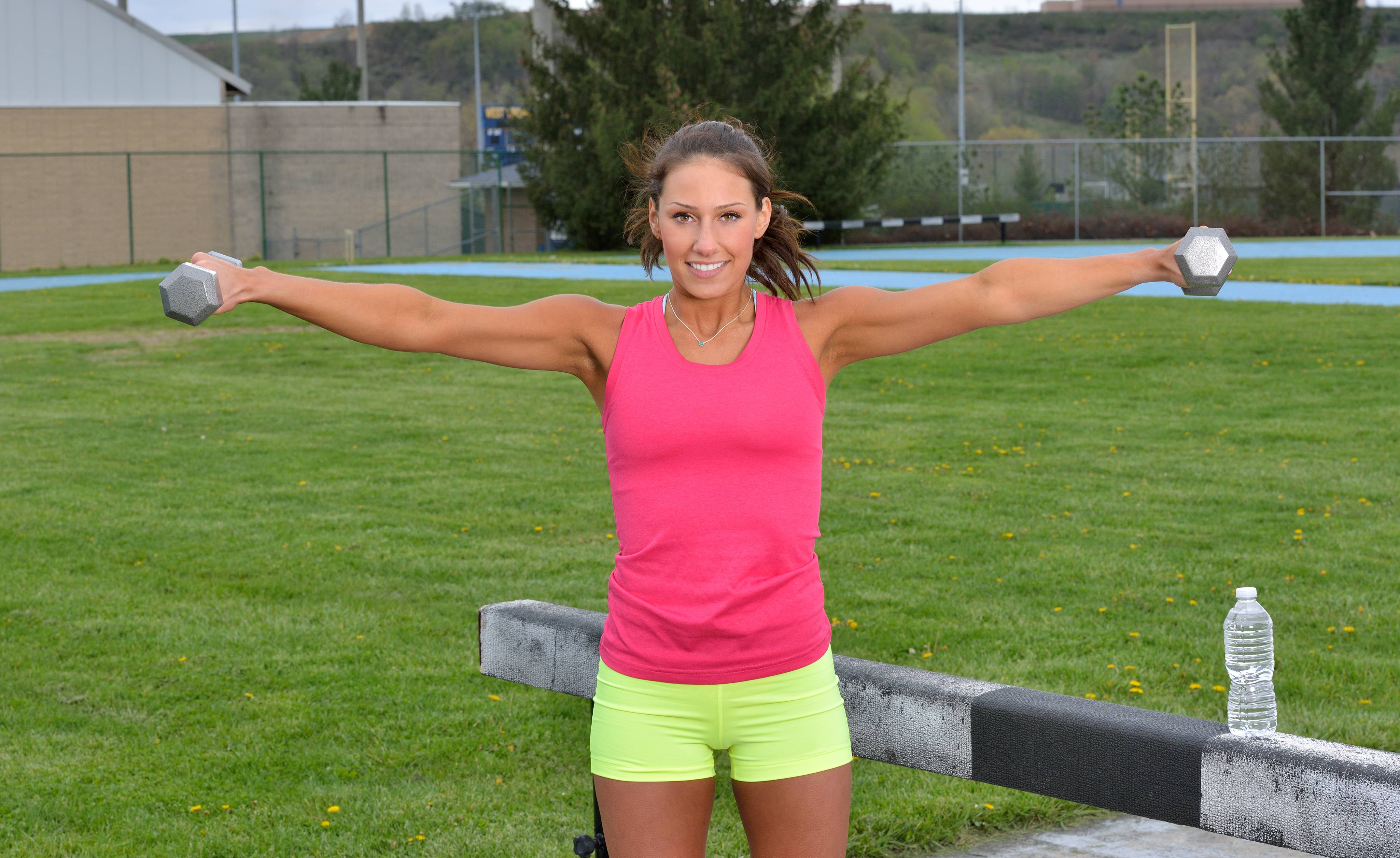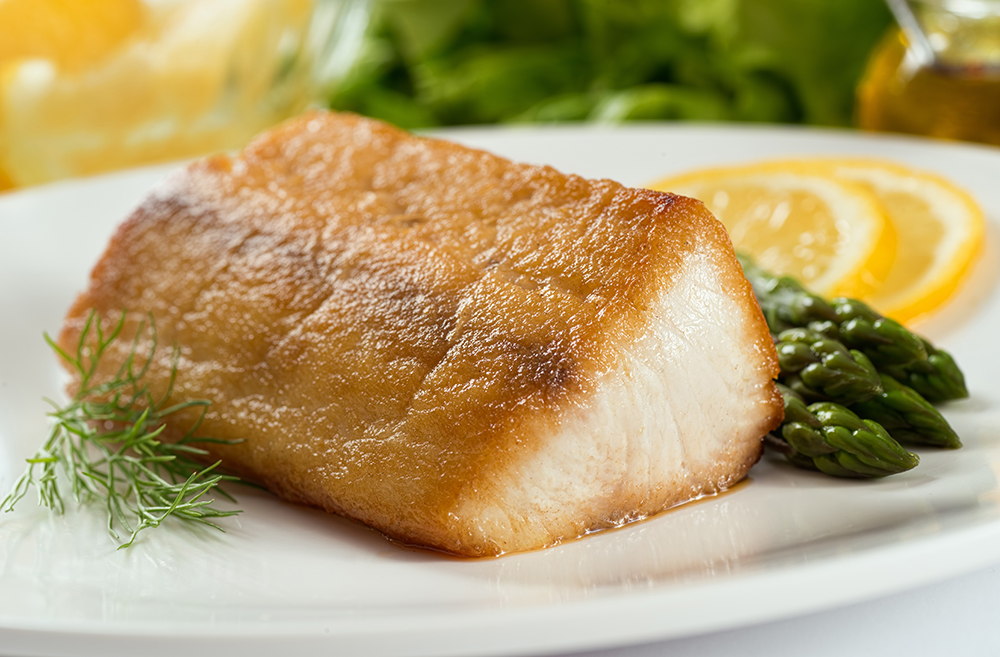By: Tayler Glenn
Frigid temperatures can discourage even the most avid fitness enthusiasts from time to time. Without a little extra motivation or a lot of willpower, your fitness gear may try and find its way to that dark corner in the back of your closet! Exercising outdoors when the temperature drops do come with annoyances, but it’s do-able if you do it right! Find your fit + stay on track this winter with these five tips for transitioning into cold weather workouts!
1. Layer Up
If the sight of snow makes you shiver, you might be tempted to throw on another layer or two. But, that extra coat might not be so good for you! Dressing too warmly is a common but big mistake in winter exercise. Exerting that much energy produces a considerable amount of heat which, despite the winter chill, causes you to sweat. The evaporation of that sweat actually pulls heat from your body which causes you to feel chilled. A good rule of thumb is to plan on three layers or more using the following guidelines:
- Layer 1: Compression Layer – Synthetic Fabric
A tight layer of synthetic fabric wicks the sweat from your skin, making it easier to stay warm, dry, and comfy! - Layer 2: Loose Layer: Wool or Fleece
This layer serves as your insulation layer! Avoid cotton as it holds onto sweat which causes it to lose its insulation properties. - Layer 3: Protection Later: Waterproof Synthetic Fabrics
This layer is to help protect you from wind, snow, freezing rain, or ice that might make your workout a little more difficult. - Layer 4 (if needed): All of the Extras
If it’s windy out, consider a scarf or running buffer. If your hands and ears get cold, grab a pair of gloves and a hat, headband, or earmuffs! These extremities get colder faster + are at a risk for frostbite, so make sure you’ve got them covered. Also important: reflection gear. Especially if you’re running while it’s still dark, this is a must.
2. Know Weather + Wind Chill
Even if your workout isn’t until the next morning, checking the temperature and wind chill is key in planning any safe workout. Temperature, wind, moisture, along with the length of time and intensity that you’ll be exercising are important factors!
Wind chill is one of the most important factors that come into play. This is because wind removes the insulating layer of warm air that surrounds your body, making any exposed skin vulnerable to frostbite. Extremes in wind chill can make it unsafe to exercise outdoors, even with warm clothing, so make sure you plan well and have cold weather workouts as a backup plan just in case!
3. Don’t Skip the Warm Up
Maybe you can’t change the weather outside, but you can boost your internal temps before one of your cold-weather workouts as you head out the door! Warming up is especially important in the winter because it preps your body from the transition from low-level to high-level activity and back while loosening your muscles to prevent tears + strains. A five to ten-minute dynamic warm-up is usually enough to get you warm, especially for shorter and less-intense workouts. Just be sure to avoid static stretches! When you cool-down, don’t forget to stretch and remove your cold, wet clothes in exchange for something warm and dry as soon as possible.
4. Give Yourself a Reward
Nobody is going to argue that 10-degree weather and a dark morning is the perfect recipe for a late morning + a skipped workout. But, you also don’t want to mess up your training and throw yourself off track during the holiday season! Instead of hitting snooze, try giving yourself one of these things to look forward to getting you up and moving:
- Meet up with a friend! You wouldn’t leave them out in the cold all alone, would you?
- Set a workout streak goal + reward yourself with a new, warm workout jacket!
- Program your coffee maker to have a fresh pot ready when you return
- Plan to meet someone for breakfast after you’ve finished
- Refresh your workout playlist
- Try a new workout or new route
- Sign yourself up for a race or competition to add a little pressure to get going
5. Hydrate, Hydrate, Hydrate
Just because the sun isn’t shining doesn’t mean you don’t need water! You can become dehydrated in the cold from sweating, breathing, the drying power of the winter wind, and increased urine production. This dehydration can be harder to notice during cold weather, but it can still negatively affect your performance and health in the long run. Drinking water throughout the day may be easier since the cold may make that water bottle seem much less appealing, but you can also have hot herbal tea (any tea is fine as long as it’s caffeine free) if you prefer!
What are your tips for cold weather workouts? Tell us in the comments!





Comments (0)